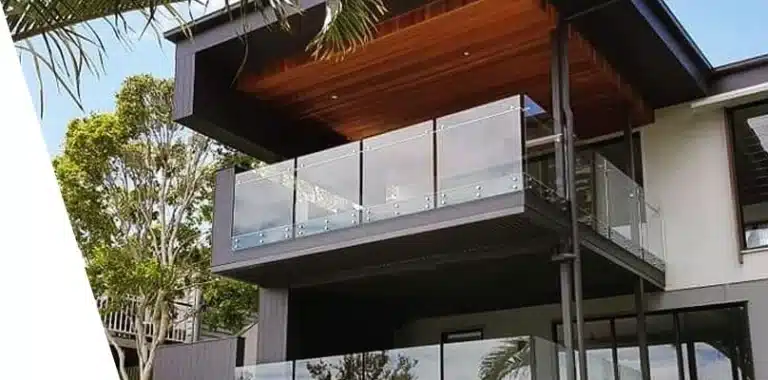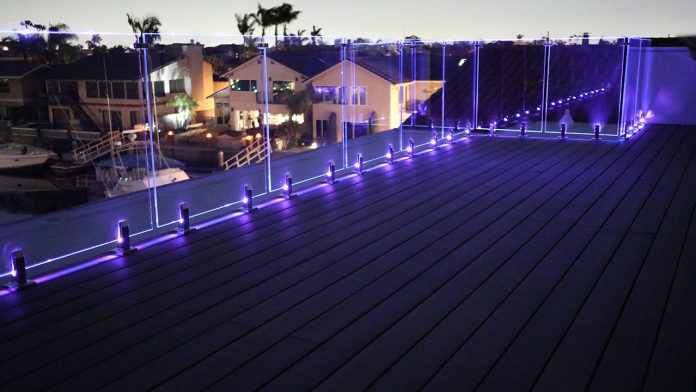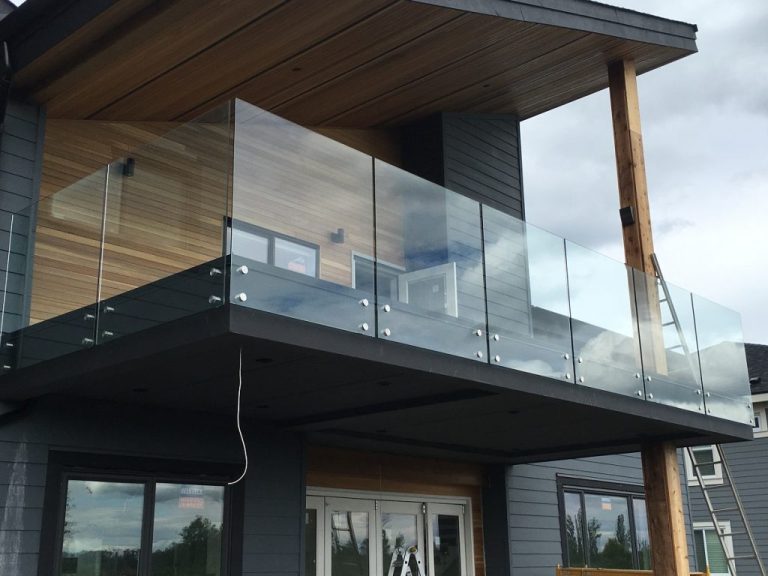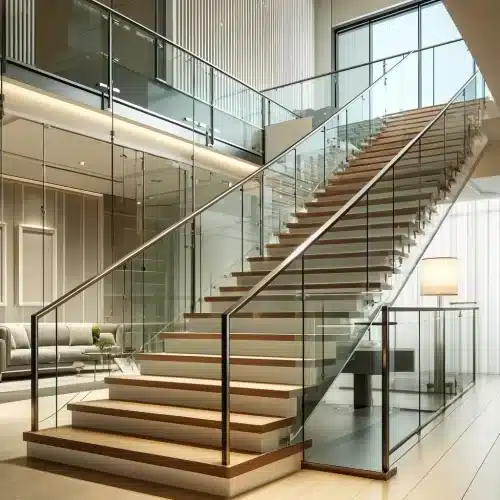Frameless glass railings typically do not require a top rail because the structural integrity comes from the thick tempered glass and sturdy hardware (like clamps or standoffs). However, whether additional supports are needed depends on local building codes and the railing’s design. Here’s what you need to know.
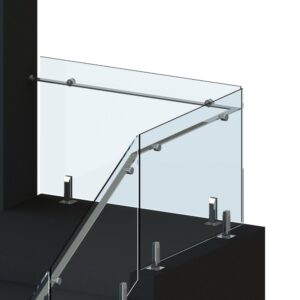
1. Top Rail Requirements
-
Most frameless systems are designed without a top rail for a sleek, unobstructed look.
-
The glass itself (usually ½” or 12mm thick tempered glass) acts as the barrier.
-
Some regions may require a top rail or handrail if the railing is along stairs (check local codes).
2. Additional Supports (Posts & Standoffs)
-
Glass panels must be secured with strong supports, such as:
-
Standoff fittings (spaced every 24–36 inches, depending on glass thickness).
-
Clamps or channels (side-mounted or base-mounted).
-
-
Corner posts or structural posts may be needed for long spans or stair railings.
-
Freestanding panels over 42″ tall may need extra bracing.
3. Building Code Considerations
-
Height requirements (usually 36″–42″ for residential, 42″–48″ for commercial).
-
Load resistance (typically 200 lbs. of force horizontally).
-
Glass must be tempered or laminated to prevent dangerous breakage.
-
Spacing between panels (if not fully frameless) must prevent a 4″ sphere from passing through (to meet safety codes).
4. When Are Extra Supports Needed?
-
For stairs: Some codes require a graspable handrail.
-
For long spans: More standoffs or intermediate posts may be needed.
-
For windy or high-traffic areas: Stronger anchoring (e.g., concrete bases).
Most frameless glass railings do not need a top rail, but they do require strong supports (standoffs, clamps, or posts) to meet safety standards. Always check local building codes to ensure compliance.
